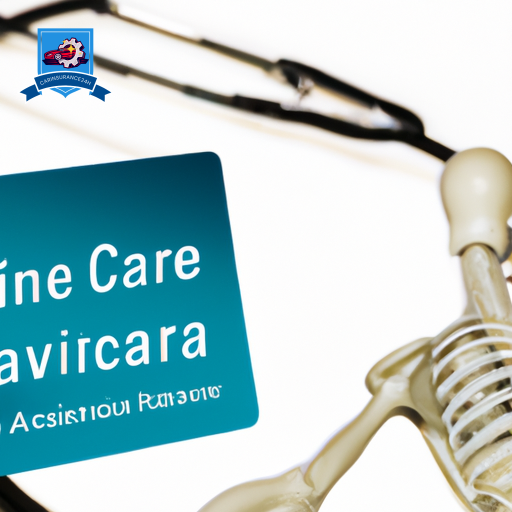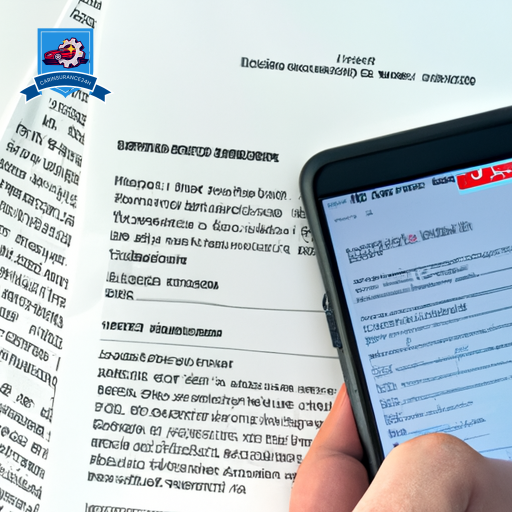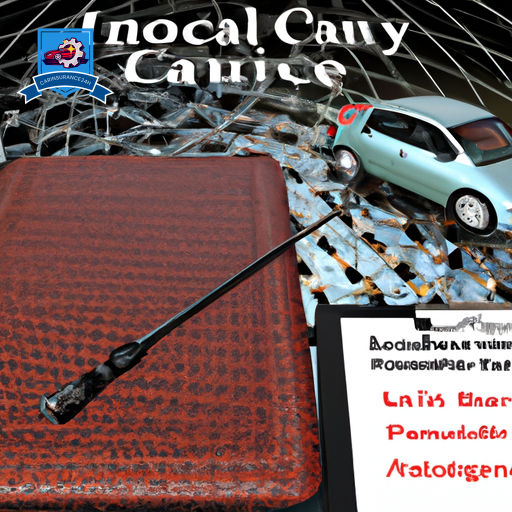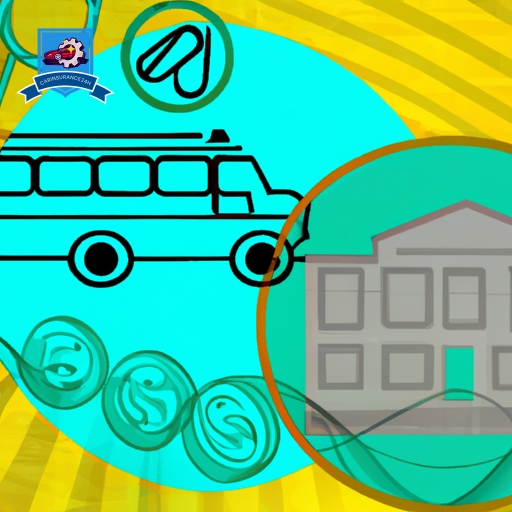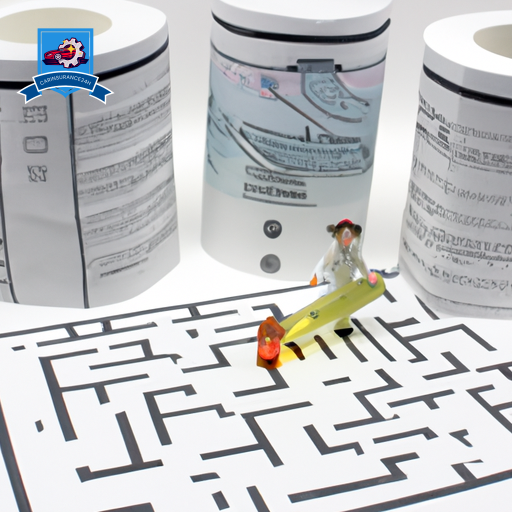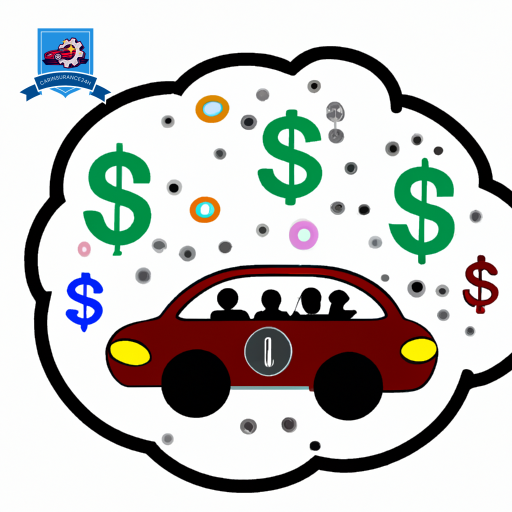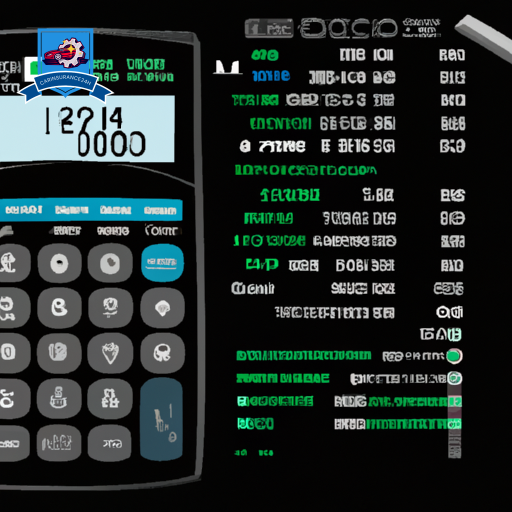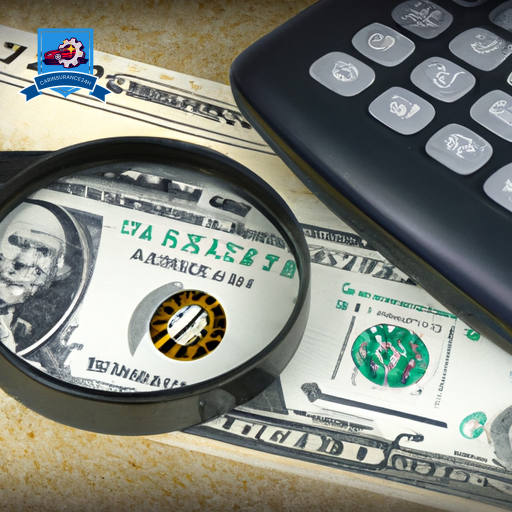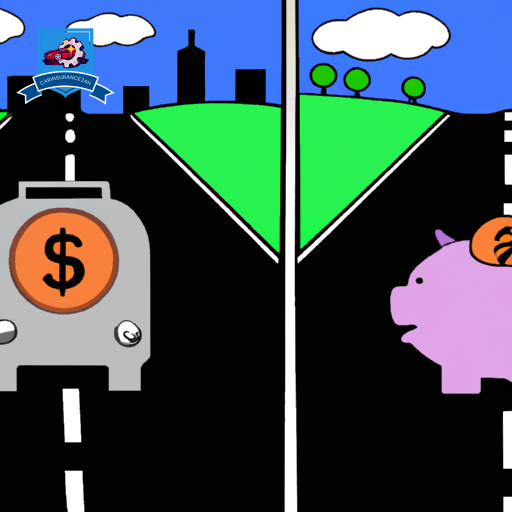In the unsettling aftermath of a hit-and-run incident, victims often face not only physical and emotional trauma but also the challenging prospect of medical expenses. Medical payments coverage emerges as a critical component of auto insurance policies in these scenarios, offering a safety net for covering healthcare costs irrespective of fault.
This coverage, while providing a semblance of financial security, comes with its own set of limitations and intricacies that necessitate a thorough understanding. By exploring the nuances of medical payments coverage, individuals can ascertain the extent to which it can serve as a buffer against the unforeseen expenses incurred from such distressing events.
The question then arises: how does one navigate the complexities of this coverage to maximize its benefits?
Understanding Medical Payments Coverage
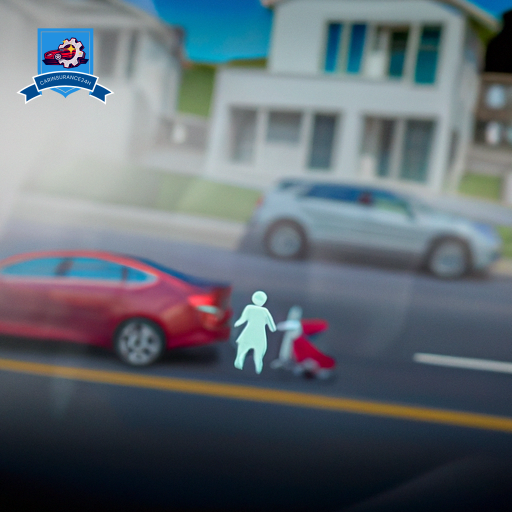
Medical payments coverage, often an integral component of auto insurance policies, provides financial assistance for medical expenses incurred by the policyholder and passengers in the event of an accident, regardless of who is at fault. This form of coverage is pivotal in ensuring that immediate health care needs are addressed without the delay often associated with determining liability in auto accidents. By offering a financial safety net, it mitigates the burden of medical bills that can accumulate rapidly, particularly in the absence of health insurance or in cases where health insurance limits are quickly surpassed.
The policy definition of medical payments coverage is meticulously drafted to encompass a broad range of medical expenses including, but not limited to, hospital stays, surgeries, x-rays, and sometimes even rehabilitation services. This definition is essential for policyholders to understand, as it delineates the scope of coverage, ensuring clarity on what expenses can be claimed under this provision.
Equally important are the exclusion criteria detailed within the policy. These criteria explicitly outline scenarios and expenses that are not covered under medical payments coverage. Common exclusions may include injuries sustained while committing a felony, injuries to someone covered under workers’ compensation, or expenses related to treatment of injuries from activities deemed hazardous or non-automotive in nature.
Understanding these key components—policy definition and exclusion criteria—enables policyholders to navigate their coverage effectively, ensuring they are adequately prepared to leverage their medical payments coverage when needed. It underscores the necessity of thorough policy review and comprehension, empowering individuals to make informed decisions regarding their auto insurance needs.
Importance in Hit-and-Run Scenarios
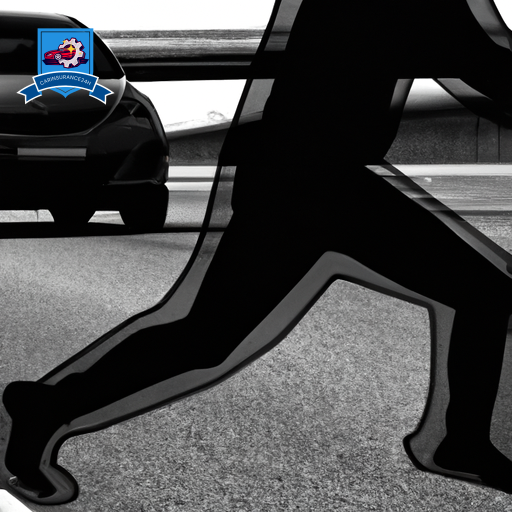
In hit-and-run incidents, the role of medical payments coverage becomes essential, providing a financial safeguard for victims blindsided by such unforeseeable events. This coverage is not just a part of one’s auto insurance policy; it symbolizes a layer of protection that stands between the victim and financial turmoil. When an individual falls prey to a hit-and-run, the immediate aftermath can be overwhelming, with medical expenses piling up and the uncertainty of the perpetrator being apprehended.
Victim support in these scenarios is paramount. Medical payments coverage guarantees that regardless of the legal outcomes or the ability to identify the offender, the victim’s medical and related expenses are covered. This swift financial assistance is critical in facilitating the recovery process, eliminating the additional stress of handling unexpected medical bills on top of the emotional and physical trauma experienced.
| Benefit of Medical Payments Coverage | Impact on Victim |
|---|---|
| Immediate medical bill coverage | Reduces financial stress |
| No fault requirement | Guarantees support regardless of legal outcomes |
| Coverage for passengers | Extends support to others involved |
| Potential for coverage in pedestrian incidents | Broadens the scope of protection |
The legal consequences faced by the perpetrator, if identified, do not negate the immediate needs of the victim. Here, the importance of medical payments coverage is highlighted, bridging the gap between the incident and the resolution of legal processes. It guarantees that while justice might take its course, the victim’s well-being is not left in limbo. Medical payments coverage serves as an essential component of victim support, offering a semblance of stability in the chaotic aftermath of hit-and-run incidents.
Coverage Limits Explained
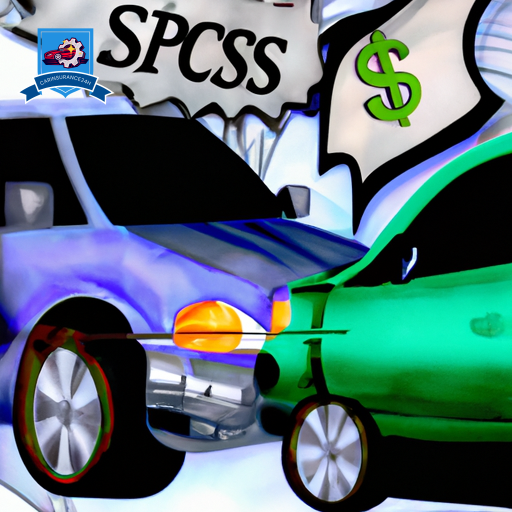
As we move to the subject of coverage limits within the context of medical payments for hit-and-run incidents, it is critical to grasp the concept of coverage caps.
These caps delineate the maximum payout provided by an insurance policy, which can vary greatly across different policies.
An understanding of these limits, along with the implications of exceeding coverage thresholds, is essential for policyholders to effectively manage their financial risk.
Understanding Coverage Caps
Understanding coverage caps is essential for policyholders, as these limits determine the maximum amount an insurance company will pay in the event of a hit-and-run incident. These caps are pivotal in comprehending how your policy works and what you can expect regarding financial protection. They are influenced by various factors, including premium adjustments and exclusion clauses, which play a significant role in defining the scope of your coverage.
- Premium adjustments directly impact the cost of your policy and can affect your coverage limits.
- Exclusion clauses specify what is not covered, indirectly influencing coverage caps.
- Higher coverage caps often result in higher premiums.
- Knowing your policy’s coverage caps can aid in financial planning after an incident.
Policy Limit Variations
Policy limit variations, integral to the architecture of insurance policies, establish the maximum financial responsibility an insurer holds in the event of a hit-and-run incident. These limits are not uniform across the board but are subject to adjustments based on several factors, including premium adjustments and state differences.
Premium adjustments reflect the policyholder’s willingness to pay higher premiums for increased coverage limits, providing more detailed financial protection against the unpredictable costs associated with hit-and-run accidents. On the other hand, state differences highlight the variation in minimum coverage requirements mandated by law, which directly influences the baseline for policy limits.
Insurers meticulously calculate these limits to balance risk while accommodating the diverse needs of policyholders, ensuring that coverage is both extensive and aligned with legal standards.
Exceeding Coverage Thresholds
Exploring the complexities of insurance, it becomes evident that surpassing coverage thresholds presents its own set of challenges and considerations for policyholders in the aftermath of hit-and-run incidents. When medical payments exceed the limits of an insurance policy, individuals must navigate:
- Deductible implications: Understanding how the deductible applies when coverage limits are exceeded.
- Uninsured motorist interaction: Evaluating how coverage for uninsured motorists affects the overall financial responsibility.
- Out-of-pocket expenses: Assessing the potential for significant out-of-pocket costs once policy limits are surpassed.
- Supplementary coverage options: Considering the purchase of additional coverage or umbrella policies to mitigate financial risks.
Navigating these factors requires a structured, logical approach to ensure policyholders are adequately protected against the financial repercussions of hit-and-run incidents.
Filing a Claim Process
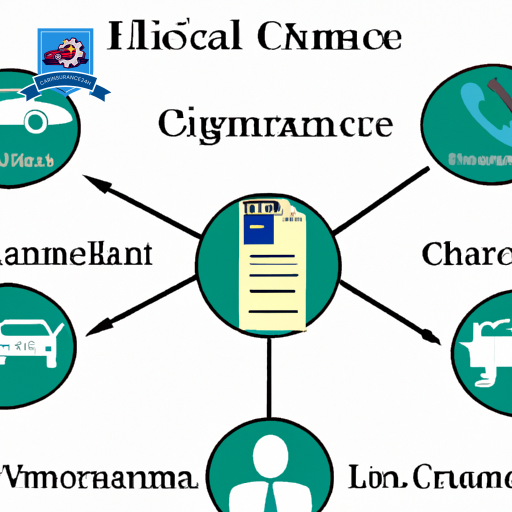
Following an understanding of coverage limits for hit-and-run incidents, it is critical to navigate the claim filing process efficiently. This section will outline the initial steps necessary to report such an incident, along with a thorough overview of the documentation required to support your claim.
Ensuring clarity and precision in this phase is paramount for a successful outcome.
Initial Reporting Steps
After a hit-and-run incident, the first critical step is to immediately contact law enforcement to report the accident. Police involvement guarantees an official record is established, which is vital for any insurance claim. This step also initiates an investigation that could potentially identify the responsible party. Moreover, it’s important to gather as much information as possible at the scene.
- Contact law enforcement: Guarantees the incident is officially documented.
- Gather witness accounts: Witnesses can provide valuable information that supports your claim.
- Note the time and location: Precise details help in the investigation.
- Document the scene: Photos or videos can be critical evidence.
These initial steps are fundamental in building a strong foundation for your insurance claim process, emphasizing the importance of thoroughness from the outset.
Required Documentation Overview
When filing a claim for a hit-and-run incident, compiling a thorough list of necessary documentation is a critical initial step. Central to this process is obtaining the police report, which serves as an official account of the incident. This document is indispensable, as it not only provides a detailed description of the event but also includes the officer’s observations and findings at the scene.
Equally important are witness statements, which can offer additional perspectives and details not captured in the police report. These firsthand accounts can greatly bolster the claim by corroborating the victim’s narrative.
Together, the police report and witness statements form the foundation of a compelling and well-substantiated claim, streamlining the investigation process and facilitating a fair resolution.
Advantages Over Health Insurance
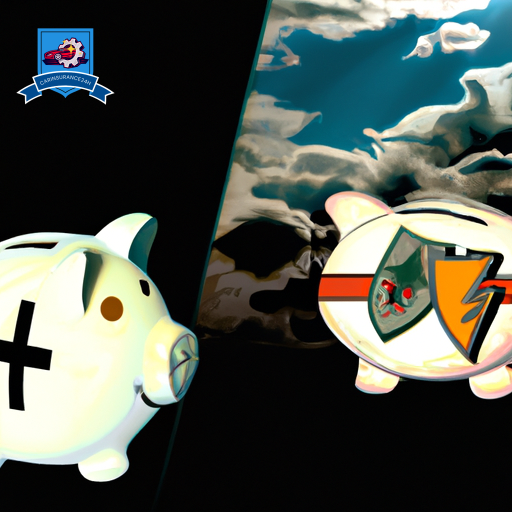
One significant advantage of medical payments coverage in the context of hit-and-run incidents is its ability to provide immediate financial relief without the bureaucratic hurdles often encountered with traditional health insurance claims. This is particularly important in hit-and-run situations where victims need quick access to medical care without the added stress of dealing with the complexities of health insurance policies. Additionally, medical payments coverage often complements health insurance, covering deductibles and co-pays that health insurance typically does not, reducing out-of-pocket expenses.
Medical payments coverage offers several unique advantages over traditional health insurance, especially in the aftermath of a hit-and-run incident:
- Immediate Coverage Activation: Unlike health insurance, which may involve time-consuming claims processes and approvals, medical payments coverage typically activates immediately following an incident, ensuring timely medical attention.
- Simplified Claim Process: The claim process for medical payments coverage is generally straightforward, requiring less documentation and fewer steps, which can be a relief during the stressful post-incident period.
- No Network Restrictions: Unlike many health insurance plans that have network restrictions, medical payments coverage allows for treatment from any medical provider, offering flexibility and peace of mind to the policyholder.
- Coverage of Passengers: Medical payments coverage extends to passengers in the policyholder’s vehicle at the time of the incident, offering broad protection that is not typically matched by health insurance.
The absence of tax implications and the minimal risk of premium adjustments following a claim make medical payments coverage an attractive option for many drivers, particularly those concerned about the financial impact of a hit-and-run incident on their insurance costs.
Securing Your Policy

Securing a medical payments coverage policy is a critical step for drivers seeking financial protection in the event of a hit-and-run incident. This process involves understanding the various aspects of the policy, including policy discounts and coverage exclusions. It is essential to approach this process with a structured and logical mindset, making sure that you are fully aware of what your policy entails and how it can best serve your needs.
| Aspect to Consider | Details |
|---|---|
| Policy Discounts | Many insurance companies offer discounts for various reasons, such as maintaining a clean driving record, bundling policies, or installing safety features in your vehicle. It’s important to inquire about these discounts to reduce your premium. |
| Coverage Exclusions | Understand what is not covered under your policy. Common exclusions may include injuries sustained while committing a crime or under the influence of drugs or alcohol. |
| Coverage Limits | Determine the maximum amount your policy will pay per incident and make sure it aligns with your financial needs and risk exposure. |
| Deductibles | Some policies may include a deductible, which is the amount you pay out of pocket before your coverage kicks in. Choosing a higher deductible can lower your premium but increase your financial burden in the event of a claim. |
| Policy Review and Renewal | Regularly review your policy to make sure it continues to meet your needs, especially after significant life changes. Also, be proactive about renewing your policy to avoid lapses in coverage. |
Frequently Asked Questions
How Do Insurance Companies Investigate Hit-And-Run Claims to Determine if Medical Payments Coverage Applies?
Insurance companies act as detectives, using claim verification and surveillance techniques to unravel the mystery of a hit-and-run. They meticulously examine evidence, interview witnesses, and assess the claim’s validity to determine coverage applicability.
Are There Specific Time Limits for Reporting a Hit-And-Run Incident to Qualify for Medical Payments Coverage?
Reporting deadlines are vital for eligibility regarding coverage limits in insurance policies. Specific time limits for reporting incidents guarantee influence claim acceptance. Prompt reporting substantially influence claim acceptance. Prompt reporting guarantees adherence to policy requirements, safeguarding the insured’s right to potential benefits.
How Does Medical Payments Coverage Interact With State Laws Regarding Uninsured/Underinsured Motorist Coverage in Hit-And-Run Cases?
Medical payments coverage interacts with state laws on uninsured/underinsured motorist coverage in hit-and-run cases through state reciprocity and coverage limits, ensuring victims receive necessary financial support regardless of the perpetrator’s insurance status.
Can Medical Payments Coverage Be Applied to Passengers in the Vehicle at the Time of the Hit-And-Run, or Does It Only Cover the Policyholder?
In the unfortunate event of a vehicle mishap, medical payments coverage extends to passengers, ensuring their eligibility for benefits. This inclusion, however, is subject to the policy’s coverage limits, ensuring a structured and precise protection framework.
What Are the Common Challenges or Reasons for Denial of Medical Payments Coverage in Hit-And-Run Incidents, and How Can They Be Addressed?
Common challenges in claims include policy exclusions and stringent documentation requirements. Addressing these involves thorough review of policy terms and ensuring all necessary evidence is meticulously compiled and presented to support the claim.

